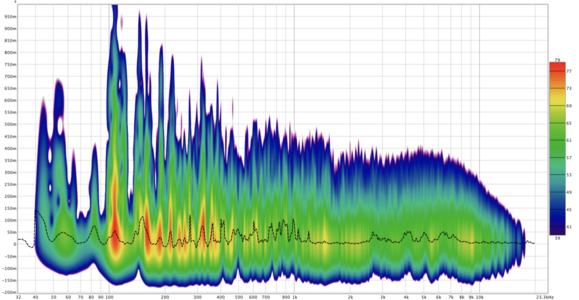sailenox
New Member
Hey guys,
i recently built my new studio desk and tidied up my studio. The next big thing is acoustics. I dont want to build a pro mixing/mastering room, but i want to mix and master as good as possible. Junkie XL once mentioned that he do all the mixing stuff on his own. I also watched his studio tours, but i cant see any acoustic treatment. Or does he mix in a professionall studio?
For my studio i thought about some basotect plates behind the monitors and some basotect in the corners. Is somebody here who can help me a little bit?
i recently built my new studio desk and tidied up my studio. The next big thing is acoustics. I dont want to build a pro mixing/mastering room, but i want to mix and master as good as possible. Junkie XL once mentioned that he do all the mixing stuff on his own. I also watched his studio tours, but i cant see any acoustic treatment. Or does he mix in a professionall studio?
For my studio i thought about some basotect plates behind the monitors and some basotect in the corners. Is somebody here who can help me a little bit?


 But if you can get some treatment, do it.
But if you can get some treatment, do it.



